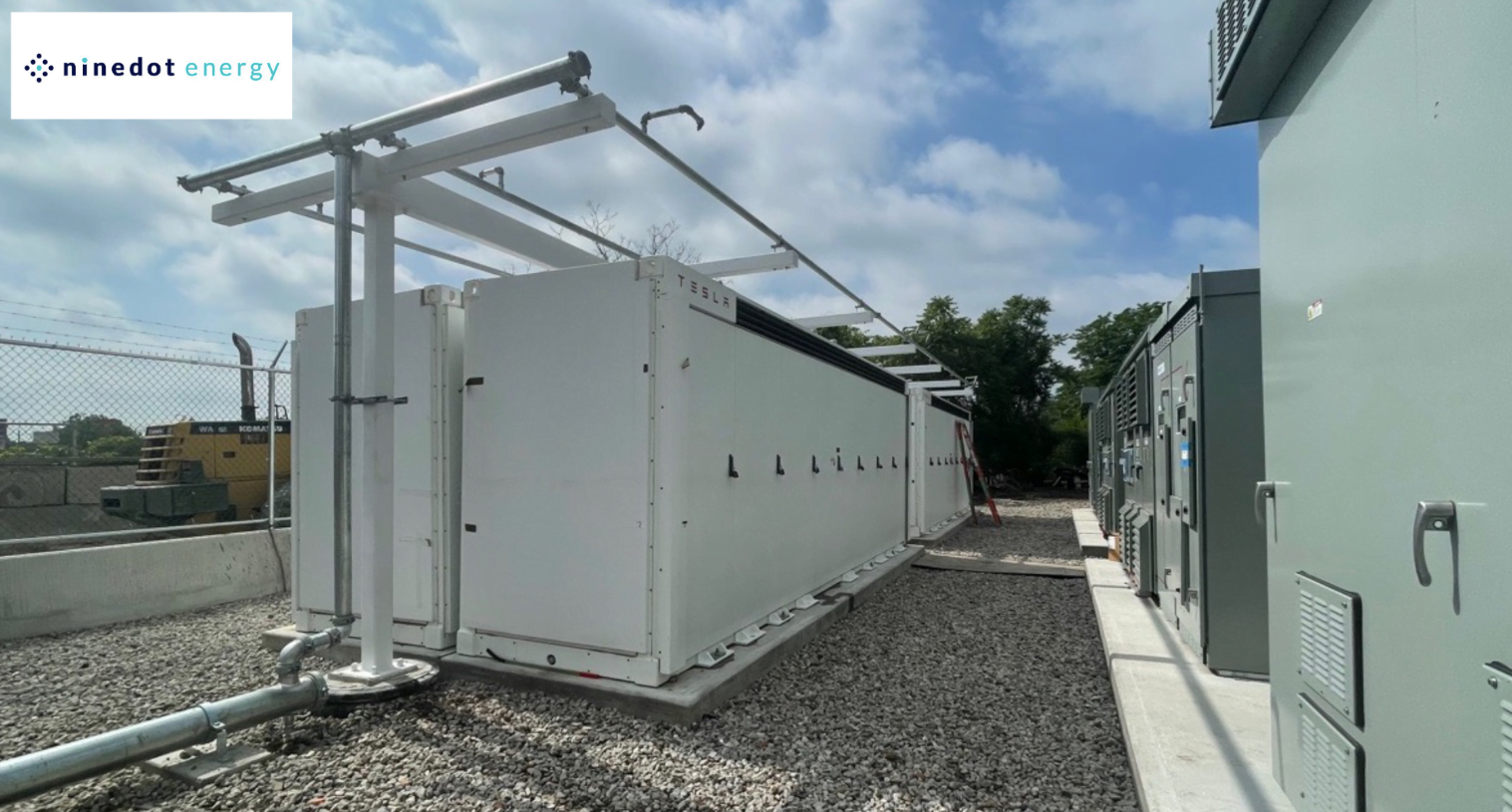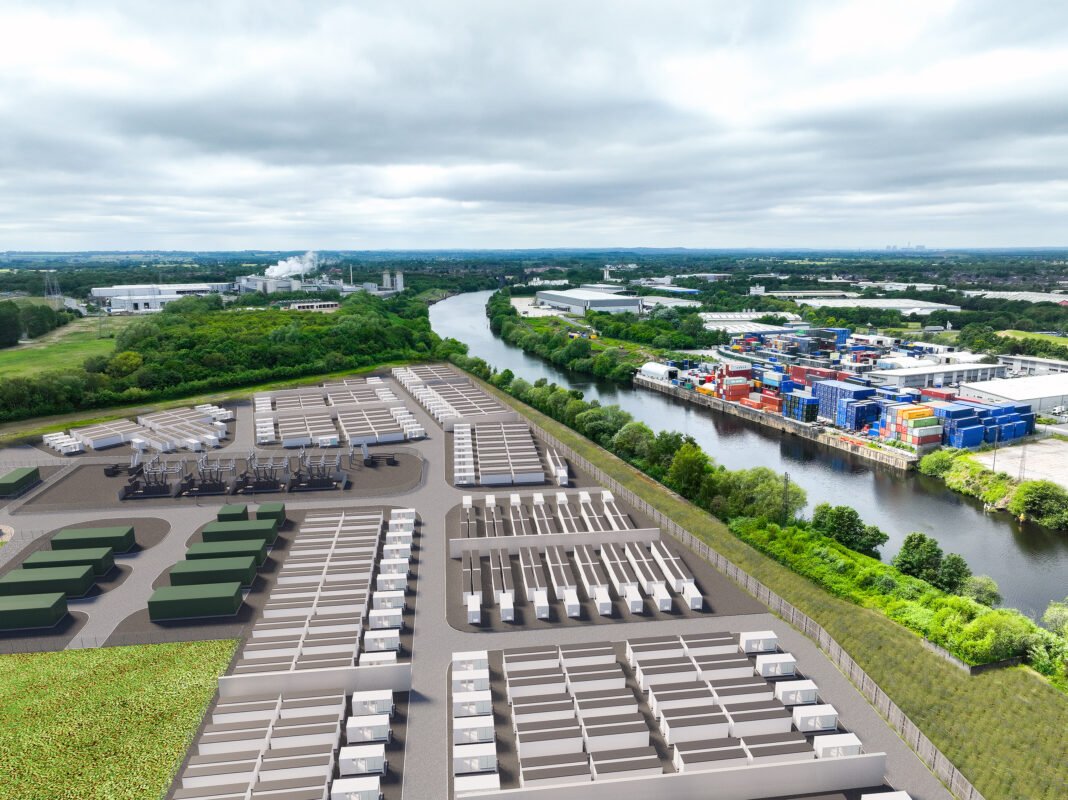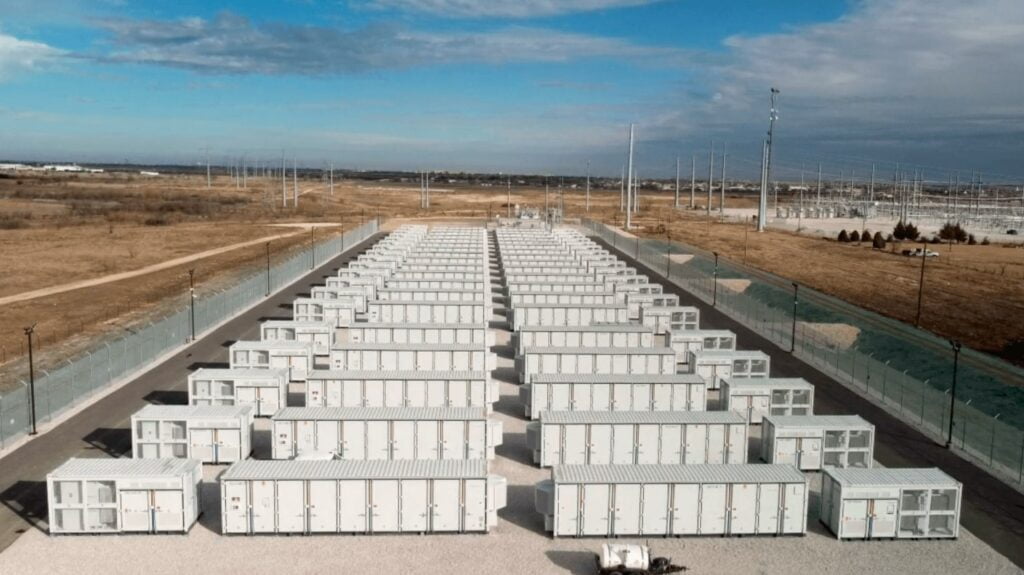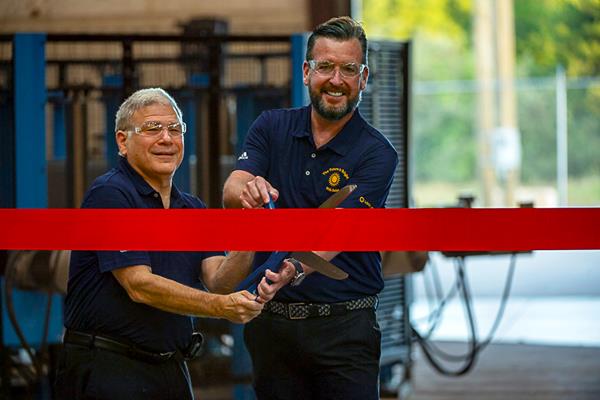At the end of 2022, the three top slots in our Top 10 news stories featured the world’s biggest battery energy storage system (BESS) project at Moss Landing in California going offline after a mid-February overheating incident, the world’s first large-scale ‘sand battery’ thermal storage plant going online in Finland, and the results of an investigation into the fire that happened during testing of Australia’s largest BESS project, Victorian Big Battery.
We’re happy to report that both the Moss Landing and Victorian Big Battery facilities are very much back in action. You can read our list of 2022’s Top 10 news stories here.
Our H1 2023 most-read list, from the beginning of January to the end of June 2023, runs as follows. It’ll be interesting to see if any of these break into the Top 10 at the end of the year as well:
10. Construction starts at Form Energy’s first factory for 100-hour duration iron-air batteries 30 May 2023
Form Energy, the US startup which believes its proprietary iron-air battery technology can be the missing link for multi-day energy storage applications, began construction on its first factory, in Weirton, West Virginia. US energy secretary Jennifer Granholm and West Virginia senator Joe Manchin were among dignitaries to visit the site for its ground-breaking.
9. Terra-Gen: Faulty sprinkler system forced the decommissioning of stolen Valley Center LG batteries 9 March 2023
A curious incident early this year saw decommissioned battery packs stolen from a large-scale project in California. As noted at the time, it’s unlikely the thieves would know what to do with such highly specialised equipment, let alone sell it on. Perhaps equally as interesting was the confirmation by project developer Terra-Gen that the packs in question had been taken out of action due to a faulty sprinkler incident.
8. Texas: Market saturation and new ERCOT rules to hit BESS finances 26 June 2023
Large-scale battery systems have helped Texas’ ERCOT grid through some trying times, not least of all heatwaves earlier this year. With the help of experts at Gridmatic and Modo Energy, we picked through what BESS owners, investors and operators can expect in ERCOT including new rules around required minimum state of charge (SoC).
7. Is the ERCOT battery storage market going to saturate next year? 18 April 2023
Texas’ ERCOT market had around 2GW of batteries online in Q1 this year, but is set to soar to 8GW by the end of 2023. The implications that will have on revenue expectations for both existing and future BESS developments was a key point of discussion at Energy Storage Summit USA 2023, as we heard in this story.
A recently completed large-scale BESS in Texas’ ERCOT market, which is projected to reach 8GW cumulative installs by the end of 2023. Image: Eolian
6. Non-lithium battery storage tech from Invinity, BASF deployed in new markets 4 April 2023
Entry into new markets for vanadium redox flow battery (VRFB) company Invinity Energy Systems and chemicals company BASF – the latter distributing NGK Insulators’ sodium-sulfur (NAS) battery – with deployments in Hungary and Australia respectively. Both companies are targeting opportunities for medium to long-duration energy storage.
5. Manchin urges investment in non-lithium energy storage, Jigar Shah predicts 1GWh orders in 2023 7 February 2023
West Virginia Senator Joe Manchin, who found himself the kingmaker in negotiations for the Inflation Reduction Act in 2022, led a bipartisan group of colleagues this year in urging investment into a broad variety of energy storage technologies. Around the same time, industry veteran and Department of Energy Loan Programs Office head Jigar Shah made the prediction that 2023 would be a substantial inflection point year for non-lithium technologies.
4. EU announces its own ‘Inflation Reduction Act’ for renewables and energy storage 19 January 2023
European Commission President Ursula von der Leyen announced that the European Union would be bringing in measures to support the energy transition in much the same way the Inflation Reduction Act (IRA) has turbocharged clean energy investment in the US. It came after senior policymakers expressed concerns the IRA could lure potential investment away from Europe.
3. US’ tax credit incentives for standalone energy storage begin new era 5 January 2023
Tax credit incentives for standalone energy storage projects went into effect at the beginning of this year. Marking the end of years of campaigning from the industry and its advocates, the investment tax credit (ITC) scheme was extended to include energy storage projects not directly paired with renewable energy generation.
2. Europe’s largest transmission-connected BESS begins ‘world first’ reactive power services contract 13 February 2023
A 100MW/107MWh BESS project in Capenhurst, England, began delivering reactive power services in what was described by developer Zenobe Energy as the first contract of its kind in the world. The largest battery storage project directly connected to the high voltage transmission network in Europe will help reduce the curtailment of wind energy in the north-west UK, and reduce the need for gas-fired balancing of supply and demand on the grid.
1. World’s largest pumped hydro plant project progresses in Queensland, Australia 9 June 2023
Queensland’s state government awarded key contracts to work on the 5GW Pioneer-Burdekin pumped hydro energy storage (PHES) plant. The 24-hour duration project forms a key part of the Australian state’s AU$62 billion package to invest in the clean energy transition and its future energy security.
Continue reading










